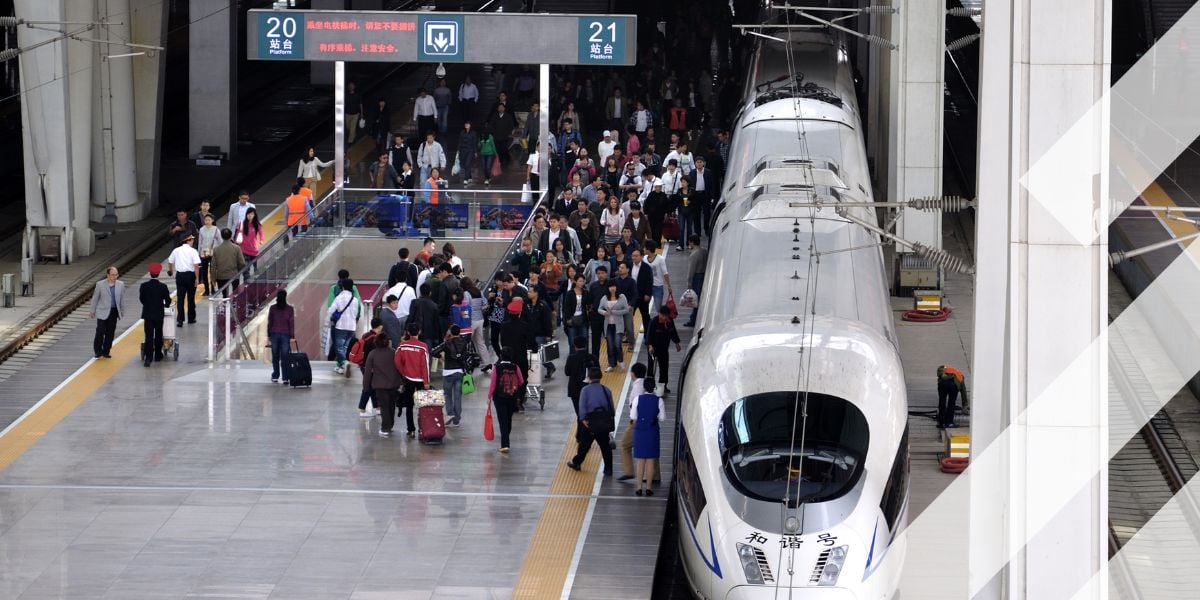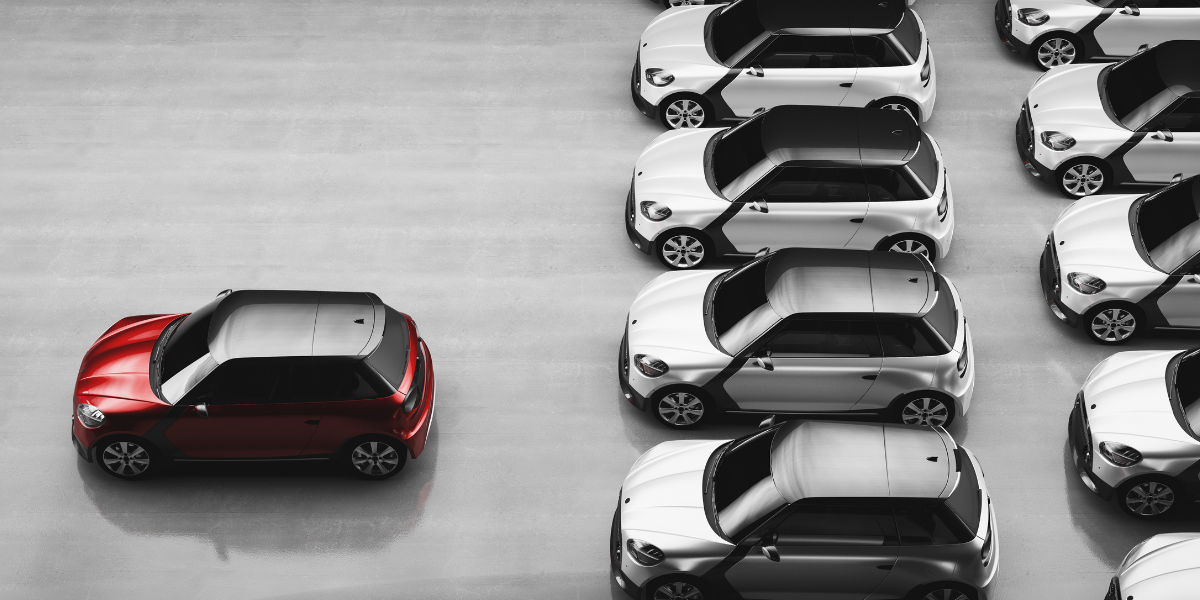Big data in transport: Alive and well and powering smart mobility
Although it might appear that Big Data isn’t quite the conversation piece it once was, the truth is rather different, as Bob McQueen elucidates.
Big data in transport involves the collection, analysis, and interpretation of large volumes of data generated from various sources within the wider transport ecosystem. This data includes data from passengers, infrastructure, weather and traffic conditions, among others.
(Credit: Sirinporn Phaisri/Dreamstime.com)
It seems to me that there has been less mention of big data in transport conversations over the past 12 months. It’s not as if big data isn’t alive and well, with the emphasis shifting from talking about technology to talking about the applications and outcomes. It is a natural trend as technology matures: the focus shifts the characteristics of the technology to what can be done with it and how it can be applied.
“Big data has been, and will always be, an essential ingredient in the applications that manage transport systems around the world”
Big data has been, and will always be, an essential ingredient in the applications that manage transport systems around the world. The expression “big data is the new oil” comes to mind and I think it’s a very appropriate analogy. When crude oil comes out of the ground it is dirty, smelly and nobody wants to touch it. However, when that same material is refined it becomes a series of highly sought-after products. The same goes for big data. It is the raw material at the beginning of an important value chain that goes from data to information to insight to action. Big data must be processed to extract trends and patterns from which new insight can be derived to form the basis for effective action.
BIG DATA: A HEALTH REPORT
So where is the big data these days? It is alive and well and powering transport applications such as connected vehicles, advanced roadside sensors, AI-driven transportation optimisation and Mobility as a Service. Big data techniques enable vast volumes of data to be collected from private cars and freight fleets. Many private cars are fitted with connected vehicle technology and there has been an increased adoption of GPS and telematics and fleet management. This supports optimization, real-time tracking of goods and driver behaviour analysis.

(Credit: Bianco Blue/Dreamstime.com)
For the private car it’s all about input and output. Private vehicles can deliver a rich stream of data regarding current traffic conditions and variations in the demand for transport. Behavioural data can have a significant impact on safety by providing the driver with concierge-style information and advice. Once the big data is processed, information can be delivered to the driver in the form of information and alerts.
“Behavioural data can have a significant impact on safety by providing the driver with concierge style information and advice”
LIVING ON THE EDGE
Roadside sensors is a story about edge processing to condense large volumes of data collected at the roadside for efficient transmission to traffic management centres. New sensors using LIDAR and RADAR technology can create high resolution pictures of transportation conditions which improve traffic managers understanding of variations in demand and improve safety by providing vital collision avoidance and safety data.
The development of low-cost, high-performance sensors has increased adoption across vehicle types and highways.
Big data is also the fuel that powers the application of Artificial Intelligence to transport optimisation. AI has the capability to deal with large, complicated data sets, avoiding the simplification and summarisation that typically accompanies human analysis.

(Credit: Andrey Popov/Dreamstime.com)
Using big data from a large number of roadside detectors can be combined with innovative probe vehicle data to provide a complete data set that powers better situational awareness. Big data techniques can also support the use of predictive analytics to identify demand patterns and forecast future transportation needs. This is particularly important for incident management and for dynamic pricing techniques that align the cost of using the road to prevailing transportation conditions and congestion levels.
”AI has the capability to deal with large, complicated data sets, avoiding the simplification and summarisation that typically accompanies human analysis”
BIG DATA & MaaS
Another area where big data supplies fuel for innovation is in the world of Mobility as a Service. Big data enables accurate and timely information to be provided to travellers as the basis for better decision-making. This can include the availability of various transport options for a specific time and the specific trip, information on the quality of service and even the ability to make a single electronic payment for that service. The emergence of Mobility as a Service coincides with the establishment of a multimodal transport data ecosystem. And that, of course, is another name for big data.
Like many technologies when they are first introduced there is a strong focus on the characteristics of technology and what is required to make technology work. As technology matures and we become adept at using it, the focus shifts to what can be done with it and what outcomes are achievable. That’s where we are today with big data, it is alive and well and serving as the power behind smart mobility applications that drive safety, efficiency and enhance user experience.
Big data has not disappeared, it has not become invisible, it has merely faded into the background in its best role as the power behind success. Heard much about blockchain recently? It’s the same story, a shift of focus toward application and outcome away from technology operation and characteristics. After all you don’t sit in front of your TV trying to figure out the technology works, you focus on the content and the outcomes.
”Big data has not disappeared, it has not become invisible, it has merely faded into the background in its best role as the power behind success”





